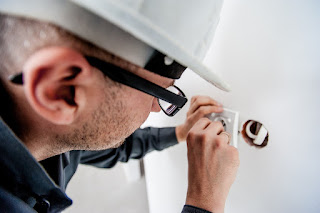Rewiring your home: When is it necessary?

Electrical wiring is one of the most critical systems in any home, but it's also one of the most overlooked. Hidden behind walls and ceilings, wiring quietly powers everything from lights and outlets to appliances and heating systems. But like any part of a home, wiring doesn't last forever. Over time, it can degrade, become obsolete, or simply not meet the growing demands of modern life. So how do you know when it's time to rewire your home? Here are some key signs and situations that indicate you may need a full or partial rewire. Your home is over 30 years old If your home was built more than thirty years ago and still has its original wiring, it's a good idea to have it inspected. Older homes often contain obsolete wiring materials such as aluminum, knob-and-tube, or fabric-insulated wire. These types of wiring can become brittle, overheat, or even pose a fire hazard. They may also not be able to handle the power demands of today's electronics and appliances. F...


























